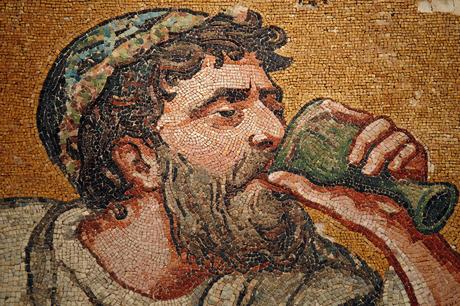Why Catalase?
"So it's a hangover cure then?", said Brendan.
Well, uh, no, that wasn't why I called my company after the enzyme Catalase. I had other reasons.
Catalase
SeqQuests is a new collection of bioinformatics software. It is at an early stage.
Catalase explores organizing principles in engineered and biological systems - patterns that repeat across scales and domains.
To learn more contact: [email protected]
I founded my company, Catalase Systems Ltd, in 1999 - a solo structure that lets me move between companies and domains.
The founding insight: with careful choice of hardware and bespoke software, ordinary PCs could handle very large problems efficiently. Sorting, searching and comparison are the foundations of extracting insight from data.
Working in Ireland, I've validated software for ESA/NASA solar missions (SOHO, ISO), built high-speed data converters for telcos, EDA tools for FPGAs, broadcast television graphics and cell image analysis software.
AI has shifted what Catalase works on. I can now build software that would have taken too long before. SeqQuests, linked above, is the current example.

"So it's a hangover cure then?", said Brendan.
Well, uh, no, that wasn't why I called my company after the enzyme Catalase. I had other reasons.